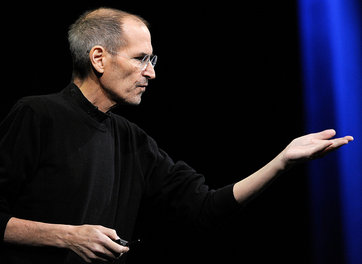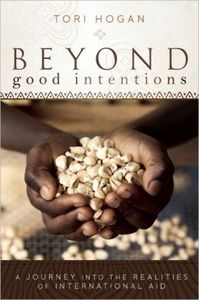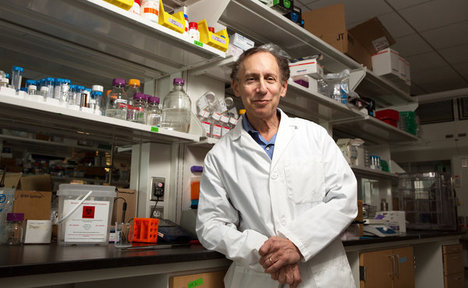(p. 163) . . . , Edison had declared publicly that his inventions should be judged only on the basis of commercial success. This had come about when a reporter for the New York World had asked him a battery of questions that threw him off balance: “What is your object in life? What are you living for? (p. 164) What do you want?” Edison reacted as if he’d been punched in the stomach, or so the writer described the effect with exaggerated drama. First, Edison scanned the ceiling of the room for answers, then looked out the window through the rain. Finally, he said he had never thought of these questions “just that way.” He paused again, then said he could not give an exact answer other than this: “I guess all I want now is to have a big laboratory” for making useful inventions. “There isn’t a bit of philanthropy in it,” he explained. “Anything that won’t sell I don’t want to invent, because anything that won’t sell hasn’t reached the acme of success. Its sale is proof of its utility, and utility is success.”
He had been put on the spot by the reporter, and had reflexively given the marketplace the power to define the meaning of his own life.
Source:
Stross, Randall E. The Wizard of Menlo Park: How Thomas Alva Edison Invented the Modern World. New York: Crown Publishers, 2007.
(Note: ellipsis added; italics in original.)



